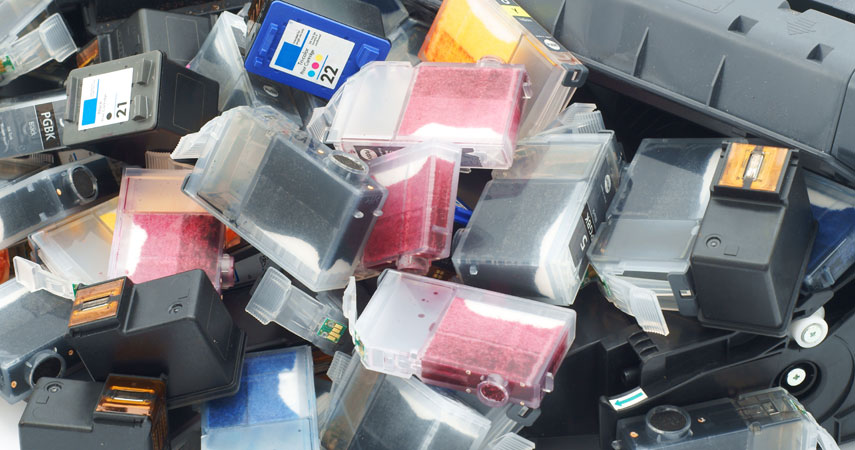
Point d'Encre Nantes Ouvre son Point de Vente connecté : https://nantes-ga.pointdencre.fr - Blog de la marque Point d'Encre

Cartouche jet d'encre remanufacturée - compatible pour Canon PG-540XL - pack unitaire - noir pas cher | Welcome Office

Hp Cartouche jet d'encre à la marque HP CN055AE magenta haute capacité - prix pas cher chez iOBURO- prix pas cher chez iOBURO






















